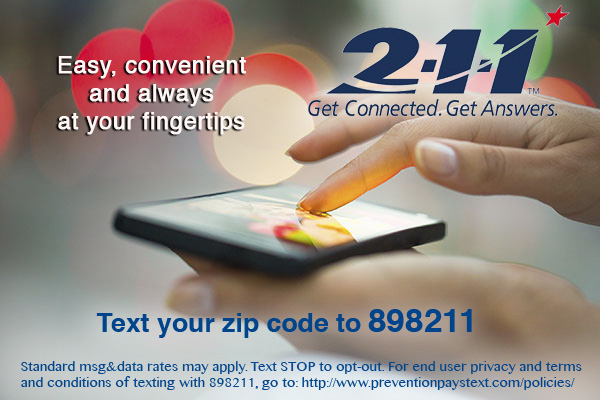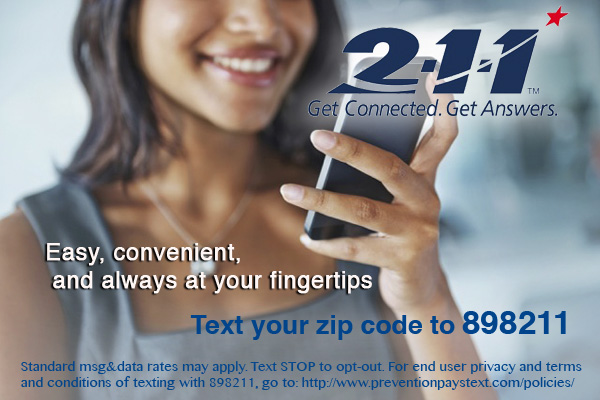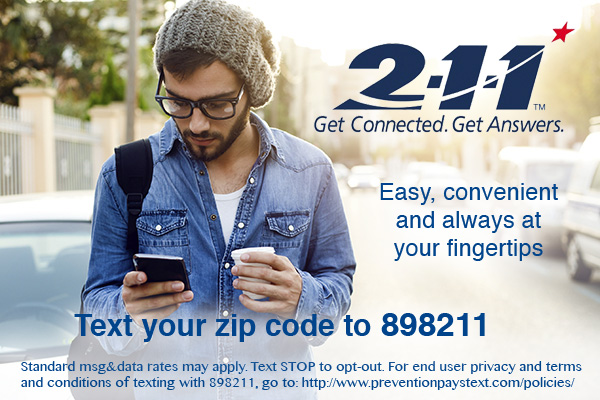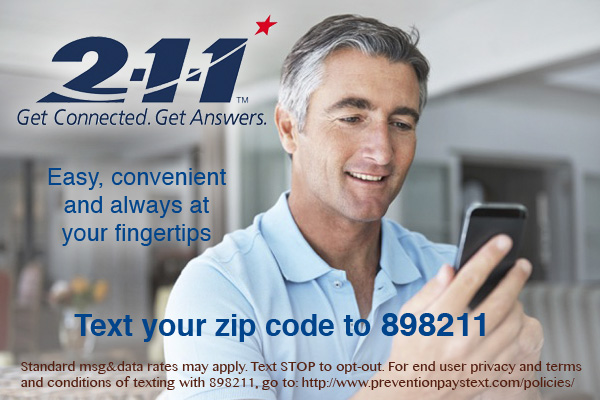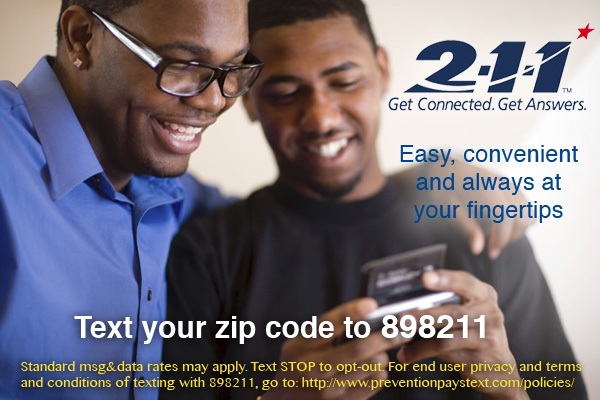Mobile phones are ubiquitous and have opened doors in how relationships can be developed and maintained between two people, between groups of people, and between organizations and businesses and their clients.
Organizations have identified the mobile phone as a tool for massive and scalable communication with their clients via text with the idea that this is a quick and easy communication method to better engage individuals in their community.
Over 80% of U.S. adults own a smart phone and over 95% of clients who agree to receive text messages from an agency/organization open those messages within the first three minutes of receiving them. It makes sense that these same organizations are dramatically increasing their investment in this type of communication.
The question is: Does an opened text message mean a relationship has developed?
In terms of building a relationship, the most ideal scenario is for two individuals to have in-person conversations to learn about each other, but this method is neither cost nor time effective for an organization to employ. So, how can text messaging be used to build relationships with individuals while serving communities of thousands, even millions?
There are several strategies that take advantage of the use of text messaging to interact with clients. Two common strategies are:
One-way Messaging: This strategy serves to disseminate information. In terms of building relationships, however, it is impossible to do so with a human being via one-way communication.
Two-way text messaging without adaptations: This strategy involves participating in two-way conversations but never adapting the content of the messages. When trying to build a relationship, a participant in a conversation will become frustrated if the responses he/she receives indicate that the other party is not listening. Imagine if someone asks you what you want to drink, you respond juice, and then they give you a soda—how frustrating, right?
The Most Successful Approaches Embrace Adaptability Through a Fusion of Tailored, Automated Texts and Live One-On-One Responses
So, what is "adaptability"? Our clients manage thousands of conversations with customers every day via text. This knowledge has taught us that there are certain characteristics that are essential to using text messaging as a tool to build and strengthen client relationships. These features foster quality communication while maintaining low costs and allowing for scalability to thousands, even millions of clients:
Two-Way: Again, a good relationship is based on two-way communication between both parties involved. If the client does not have the opportunity to express his/herself, it is no surprise that he/she would not feel included in the relationship. The provider also loses the opportunity to listen to the client. Client feedback represents elements of their personal stories. If a client decides to share pieces of their personal story, that information should be treated as an opportunity to better understand your client as a person.
Adaptable: Two-way communication can be a missed opportunity if the content of the messages do not match the information the client shares. In a relationship, it is important to remember that the client's perspective is personal and that people are dynamic and can change their minds. Using their personal responses to send tailored content to them lets them know that they are being heard. Adaptability allows for messages to be based on client feedback and to change over time as needed.
Giving the Client Control: SMS marketing campaigns decide what clients will talk about and what time they will talk about it, instead of letting the client decide. In a relationship, it is important to have opportunities where each side can decide the content of their conversations.
Individualized: Many agencies and organizations see the value of text messaging as an opportunity for mass communication. While text messaging is a good tool for that purpose, if the goal is to build relationships, it is necessary to take a much more individualized approach. In a good relationship, each participant responds to comments and specific questions of one another in a personalized way.
And it's these relationships that we encourage and support through our highly effective, efficient and customizable two-way text messaging platform. Engage, educate and empower individuals in your community through the medium your clients use every day.
Embrace two-way texting today!


